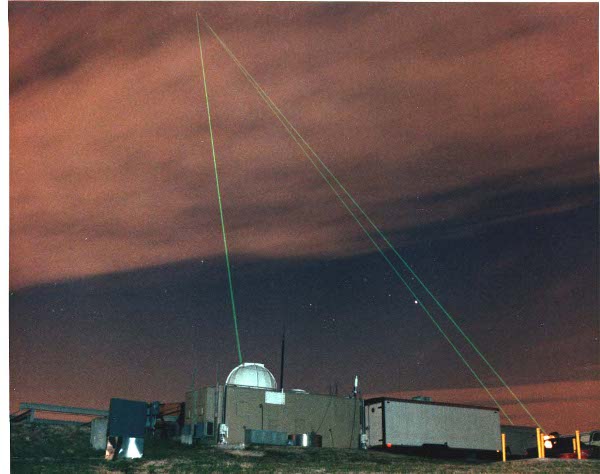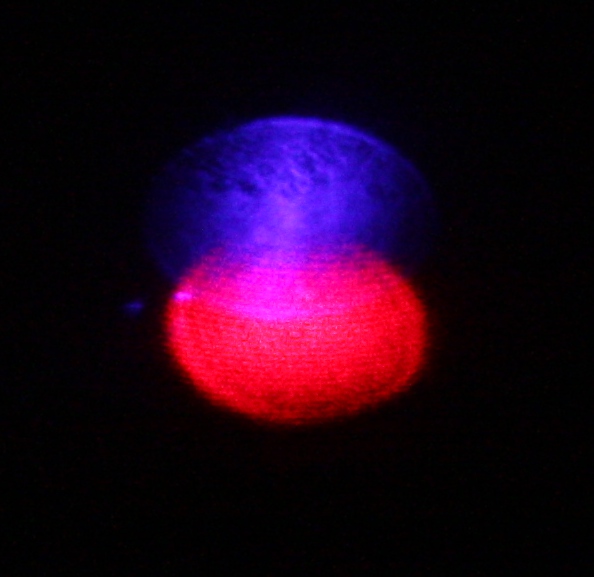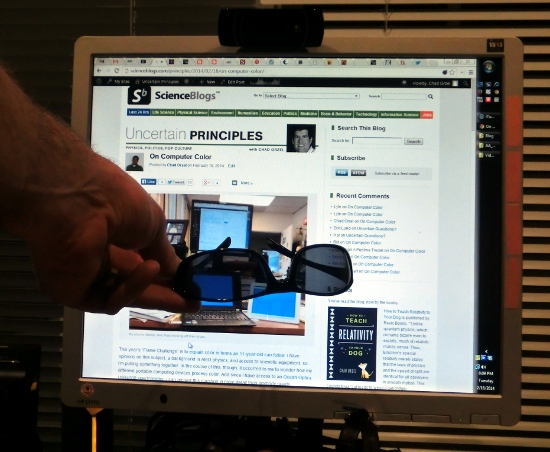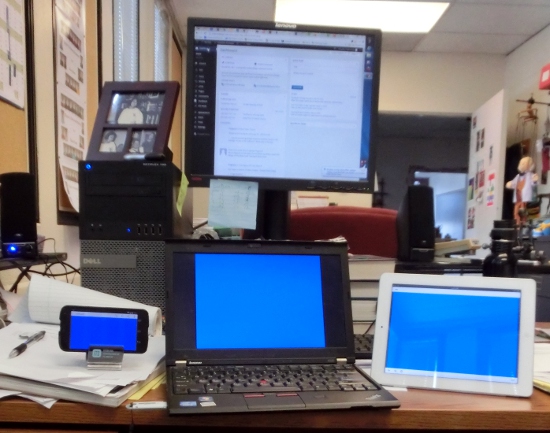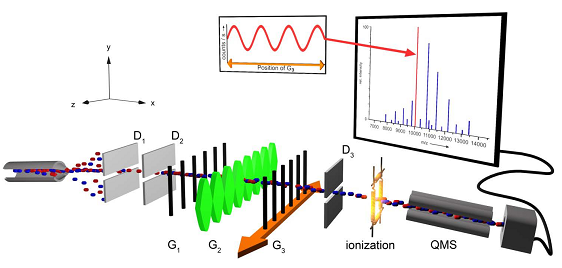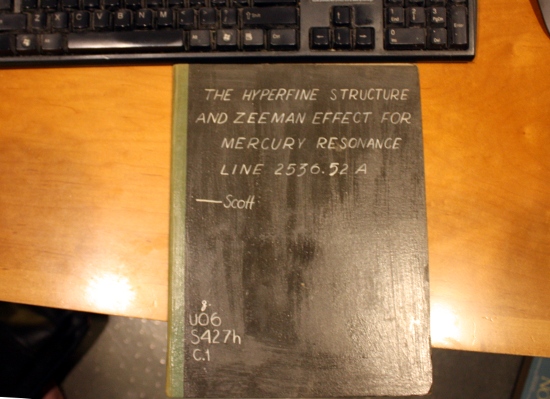In the comments to yesterday’s grumpy post about the Fermi paradox, makeinu raises the idea that advanced aliens would be using more targeted communications than we do: On the point about electromagnetic communications: even we are now using lasers to target communications with space, because it’s simply more efficient and reliable. It’s also basically impossible… Continue reading Interstellar Laser Communications
Category: Optics
Cosmos Reboot: On Light
Another Monday, another recap of a new episode of the Cosmos reboot. This one was all about optics, and much of it was excellent. This was in part due to the fact that its first couple of historical segments focused on non-Western figures, and I don’t know as much about their background to be able… Continue reading Cosmos Reboot: On Light
What Is Color?
This year’s “Flame Challenge” asks scientists to explain color in terms an 11-year-old can understand. The rules limit answers to either 300 words of text or a 6-minute video. 300 words is ridiculously short, so video is clearly the way to go. Of course, I’m not much of a video expert, but then, one of… Continue reading What Is Color?
Computers and Shades
In comments to the post on computer display colors, Will Slaton notes that Mac displays emit polarized light. And, indeed, this is an inherent part of the backlit LCD technology– the individual pixels are bits of liquid crystal between two polarizers, and an applied voltage causes the liquid crystal molecules to flip between a state… Continue reading Computers and Shades
On Computer Color
This year’s “Flame Challenge” is to explain color in terms an 11-year-old can follow. I have opinions on this subject, a background in AMO physics, and access to scientific equipment, so I’m putting something together. In the course of this, though, it occurred to me to wonder how my different portable computing devices process color.… Continue reading On Computer Color
Interference with 10,000-Particle “Particles”: “Matter-wave interference with particles selected from a molecular library with masses exceeding 10000 amu”
I’m teaching Quantum Optics this term, and one of my students picked “Atom Optics” off the list of suggested paper topics. When he asked for pointers, I said “You should check out the diffraction stuff Markus Arndt’s group does.” And just like that, a paper from the Arndt group turns up from the Arxiv Blog…… Continue reading Interference with 10,000-Particle “Particles”: “Matter-wave interference with particles selected from a molecular library with masses exceeding 10000 amu”
Old Thesis Club: The Hyperfine Structure and Zeeman Effect for Mercury Resonance Line 2536.52A by Leo Wilson Scott, 1932
Having spent a bunch of time talking about heavy stuff in the science blogging community, let’s unwind a bit and kick the week off with a look back at an old Master’s thesis. This one is from 1932, and is almost certainly a draft copy, because it’s extremely cheaply bound in cardboard with the title… Continue reading Old Thesis Club: The Hyperfine Structure and Zeeman Effect for Mercury Resonance Line 2536.52A by Leo Wilson Scott, 1932
Optics Question: How Did the Photographer Do That?
Yes, that’s another TED@NYC picture as the “featured image,” but don’t run away! It’s a post about science, I swear! The photo up above is from the Flickr set (which, by the way, has been edited significantly since yesterday…), and I like it a good deal. Mostly because, as the joking caption suggests, that photo… Continue reading Optics Question: How Did the Photographer Do That?
Laser-Cooled Atoms: Ytterbium
Element: Ytterbium (Yb) Atomic Number: 70 Mass: Seven “stable” isotopes, from 168 to 176 amu. Two of those are nominally radioactive, with half-lives vastly in excess of the age of the universe. Laser cooling wavelength: 399 nm and 556 nm. Doppler cooling limit: 690 μK in the UV and 4.4 μK in the green. Chemical… Continue reading Laser-Cooled Atoms: Ytterbium
Laser-Cooled Atoms: Cesium
Element: Cesium (Cs) Atomic Number: 55 Mass: One stable isotope, mass 133 amu. Laser cooling wavelength: 854nm, but see below. Doppler cooling limit: 125 μK. Chemical classification: Yet another alkali metal, column I of the periodic table. This one isn’t greyish, though! It’s kind of gold color. Still explodes violently in water, though. Other properties… Continue reading Laser-Cooled Atoms: Cesium
